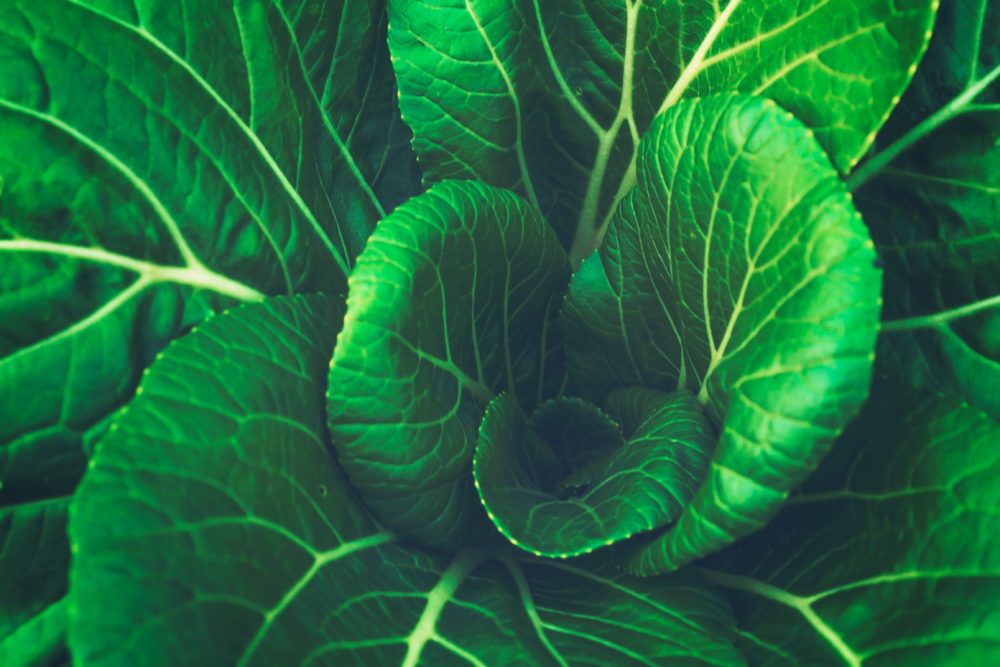
Green Leafy Vegetables are Superheroic
You know the sage advice from Mom–eat your vegetables!–but do you know how right she is? Science says that learning to love green leafy and cruciferous vegetables will help your body to fight off cancer, keep your cells strong, and keep you feeling healthy and energetic.
Antioxidant powers
Cruciferous vegetables are part of the plant family brassicaceae, and include cauliflower, kale, cabbage, bok choy, broccoli, and brussels sprouts. They are high in vitamin C, soluble fiber, and contain a number of other nutrients and compounds that are potentially involved in detoxification of carcinogens. They are special for a number of reasons, and have the special attention of medical researchers; the National Institutes of Health US National Library of Medicine has over 300 studies published about their antioxidant properties.
A recent study released on May 17, 2019 suggested that a certain compound found in cruciferous vegetables helps encourage tumor suppression, particularly in breast cancer. Researchers know that a certain mutation in a gene called Pten raises the risk for several cancers (including prostate and breast), as well as autism and schizophrenia. A joint effort of over 25 researchers found evidence that a compound called indole-3-carbinol, found in cruciferous vegetables, blocks an enzyme that inhibits the activity of Pten. With the gene more active, patients with the mutation may be better protected against cancer.
Cell strength powers
While the green leafy vegetable Spinach isn’t technically part of the brassicaceae family, it does have a considerable amount of iron and vitamin K. Iron is an essential component of hemoglobin, which is a protein that transports oxygen in red blood cells. A deficiency of iron is known as anemia, which causes the symptoms of fatigue, hair loss, restless leg syndrome, and anxiety.
Iron is also important because it is required to help cell mitochondria to do their job. Mitochondria are the ‘powerhouse’ of the cell–they make something called “ATP,” which is the electricity the cell runs on. Often, doctors check a person’s iron levels by doing a complete blood count (CBC) and measuring hemoglobin levels. However, ferritin, a blood protein that contains iron, will drop before there is a decrease measured in the CBC. A ferritin level below 30 will cause the ‘electricity factories’ in your cells to lose power.
Spinach, when eaten raw, also contains an organic substance called oxalic acid that can interfere with the absorption of calcium and iron. However, heat will break down oxalic acid; for this reason, cooked spinach theoretically contains more iron. However, iron absorption is influenced by how much iron you already have in your body, as well as the other nutrients you eat with your meals. So, you are free to mix up your spinach styles–raw or cooked, spinach contains about twice as much as other leafy greens.



